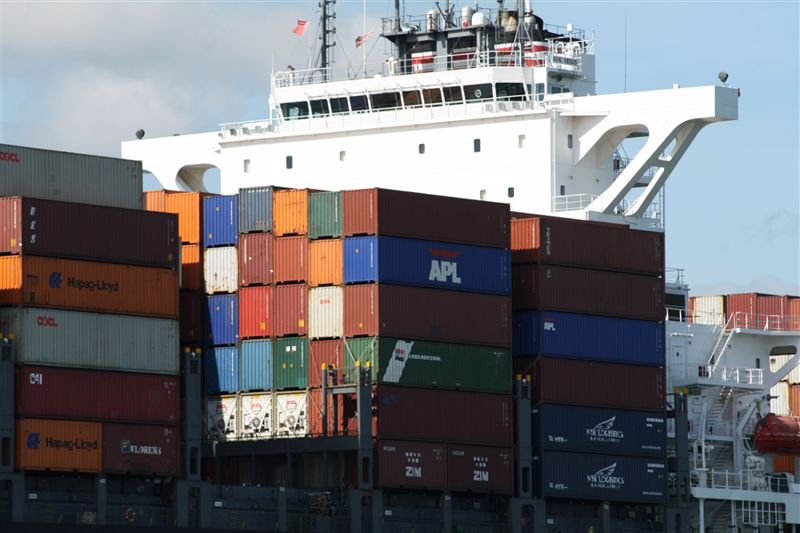Of the United States' over 900 shipping ports, the Port of Los Angeles is the country's largest. In addition to being the entire continent's busiest, the LA authority has maintained this distinction for more than 20 years in a row, moving more shipping containers annually than any other at 9.2 million.
But for the better part of two years now, the Port of Los Angeles has been the most problematic port, beset by supply chain pinch points and bottlenecks that have beleaguered the business owners and logistics entities that rely on them.
With the ports in the East now encountering delays of their own amid approving conditions in the City of Angels, LA's port's director is urging former users and newcomers alike to head west.
In what might best be described as a reversal of fortunes, the Port of Los Angeles is running more efficiently than it has since prior to the pandemic. Indeed, the authority processed roughly 935,345 twenty-foot equivalent units (TEUs) in July alone. That sets a new record for the month, surpassing the previous all-time high for July by 2.5%.
Gene Seroka, executive director for the Port of Los Angeles, said the numbers don't lie — LA is back from the brink and as strong as ever. The same can't be said for other parts of the country where conditions have slowed to a crawl.
"Our terminals have [the] capacity," Seroka explained. "For cargo owners looking to re-chart their course, come to Los Angeles. We're ready to help."

Delays mounting on East Coast
Some of the issues East Coast ports are encountering are related to carriers failing to remove containers after they've been emptied. The Port of New York and New Jersey announced in August that carriers failing to clear their containers will be hit with a container management fee. The $100 assessments will be levied on a quarterly basis in instances where their outbound container volume do not go beyond 110% of their inbound volume. The new policy is slated to go into effect on Sept. 1.
Kevin O'Toole, chairman of New York and New Jersey's shared port, said these punitive measures are necessary to incentivize shippers to be more cognizant of others' needs with space at a premium.
"We rely heavily on our port partners as the downstream links in a vast global supply chain that needs full cooperation in order for international commerce to function and deliver the essential goods that the region's residents need," O'Toole said.
As Supply Chain Dive points out, both the Ports of Los Angeles as well as Long Beach made similar threats regarding dwell fees in 2021 when they were encountering the same challenges as those of New York and New Jersey. However, the mere possibility of the fee proved to be enough, as carriers shaped up shortly after the the ports announced their intention. The fees remain postponed.
So far in 2022, the Port of Los Angeles has been able to move 6.3 million TEUs, making the year poised to be the port's most efficient since it opened in 1907.


Post A Comment:
0 comments so far,add yours